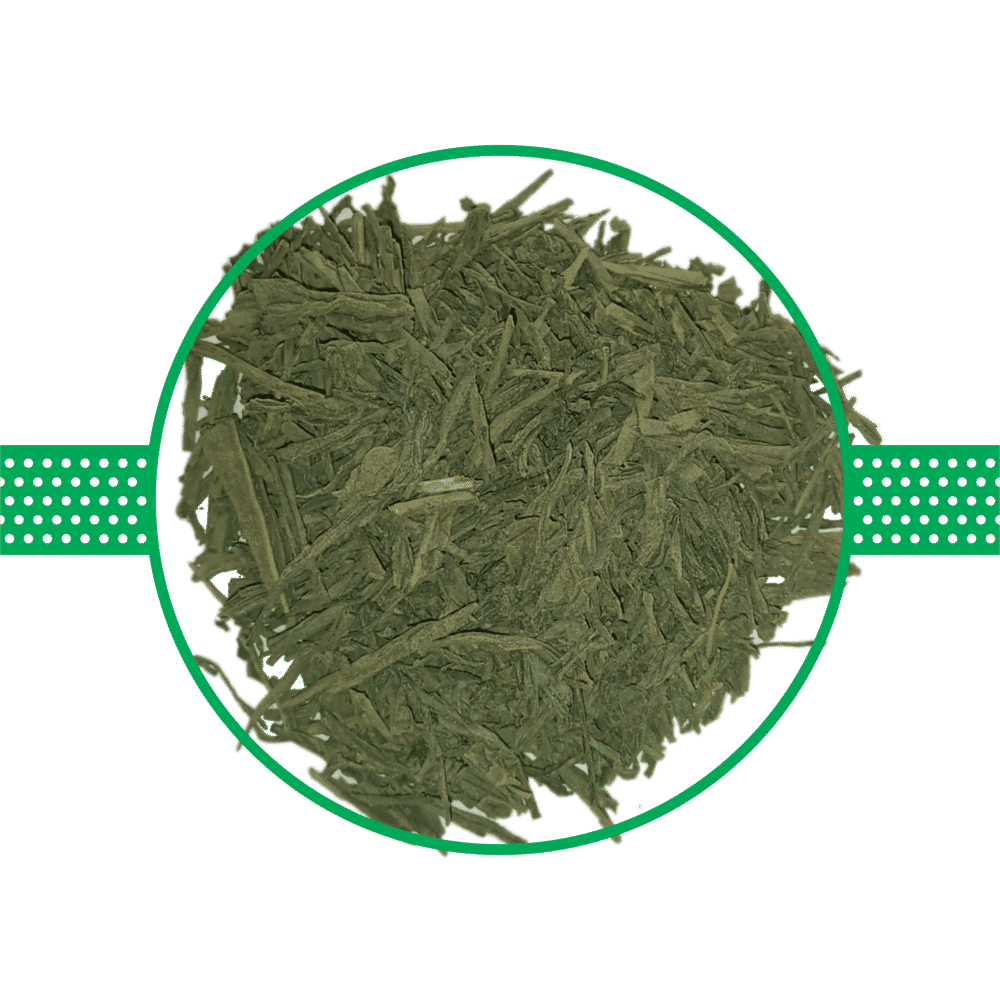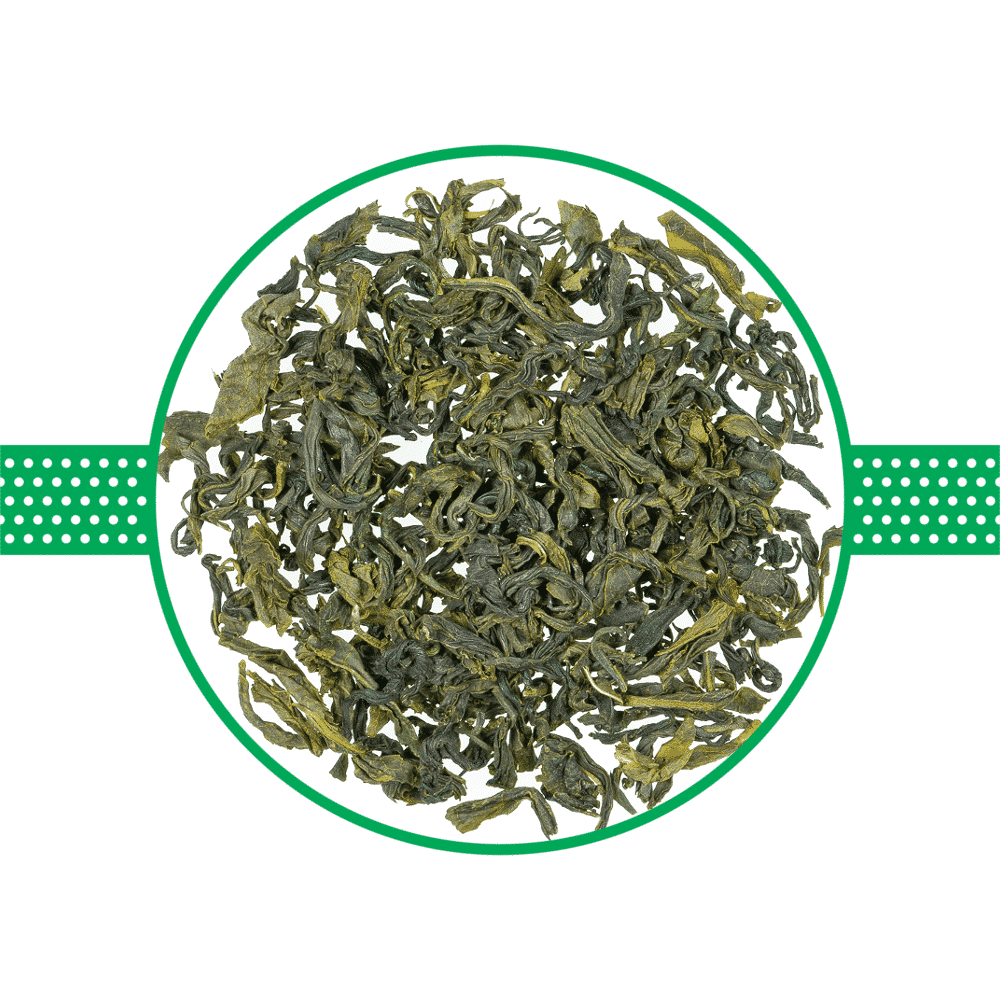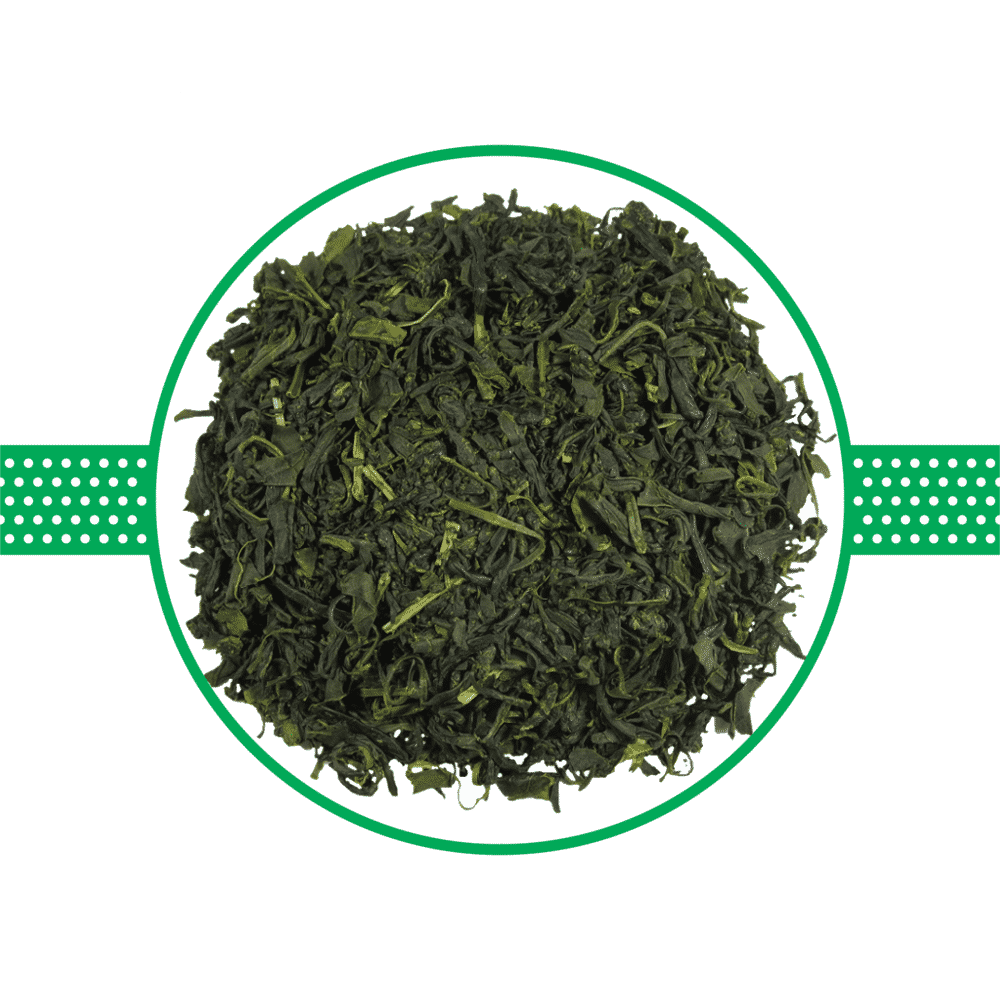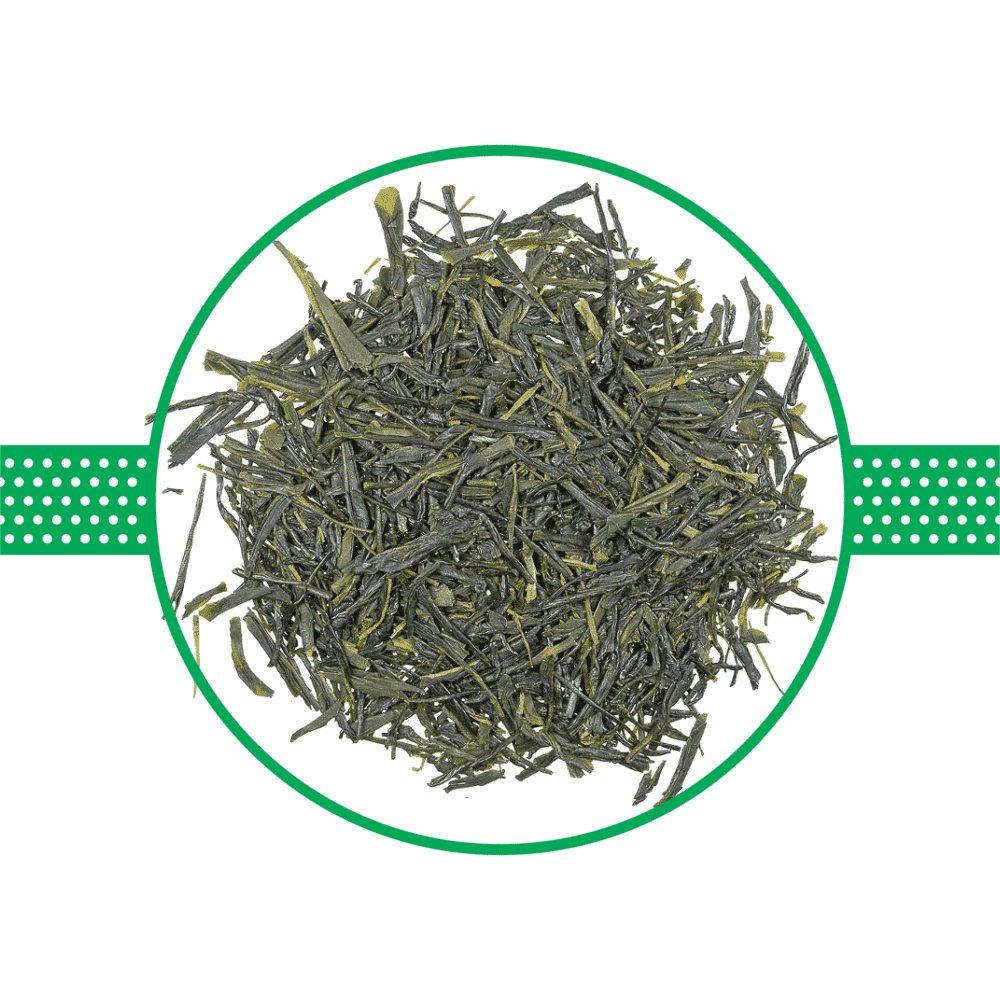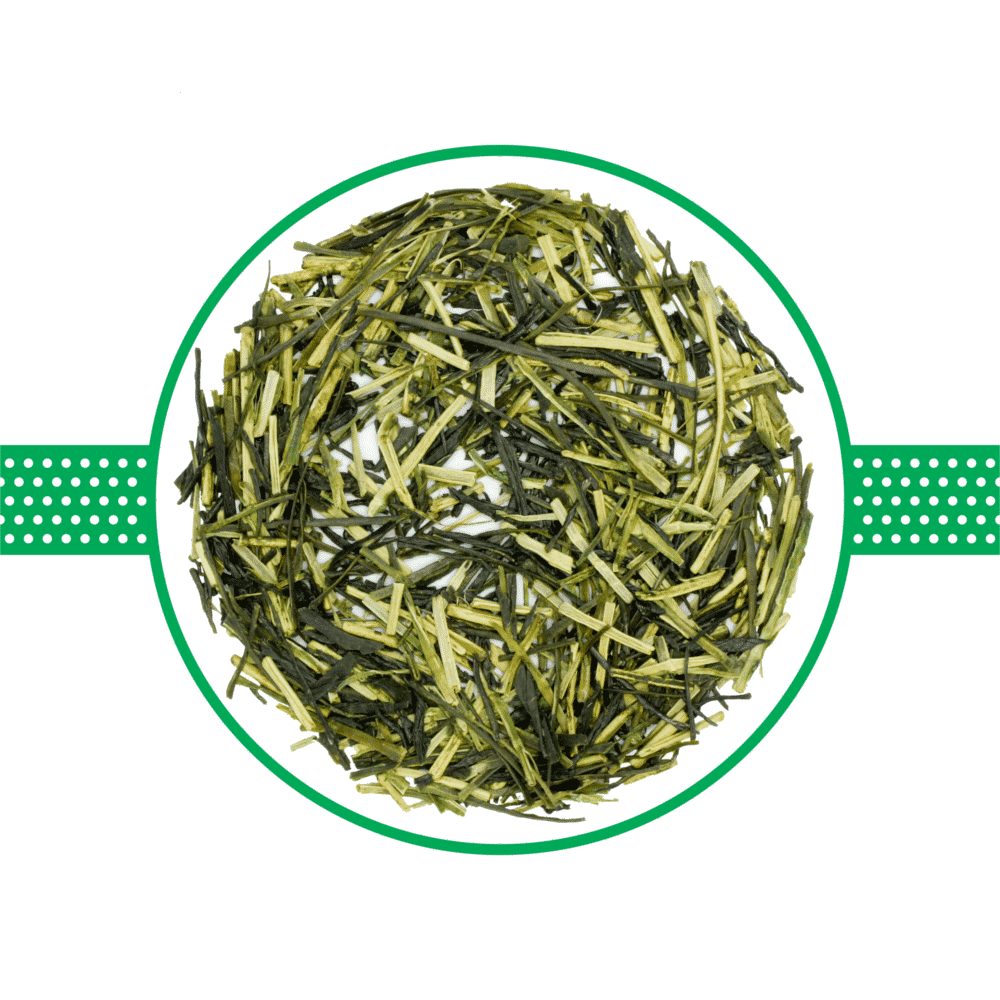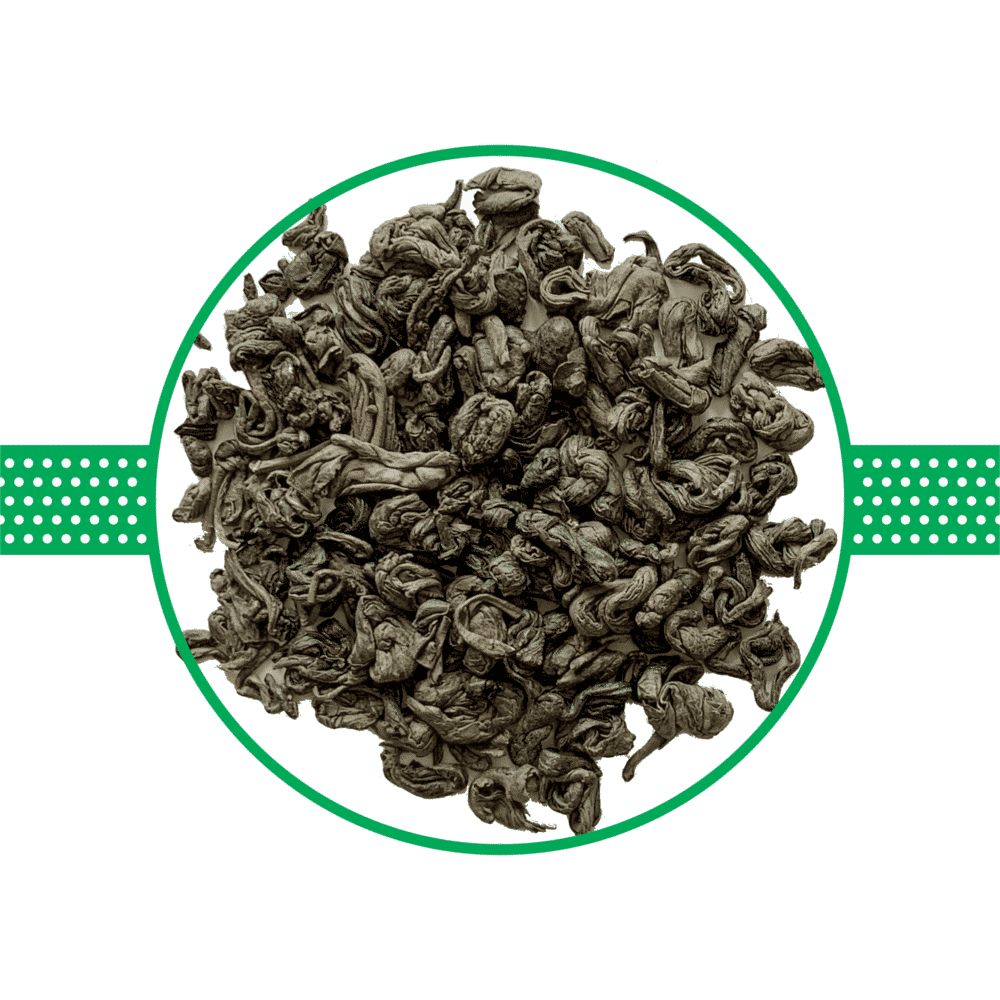Showing all 11 results
Recently Viewed Products
Sha Qing or Kill Green
Most green teas are processed through physical withering. In order to deactivate or “kill” the PPO enzyme, the enzyme responsible for oxidizing tea leaves, the tea master introduces heat to the leaves once they are withered and pliable enough to shape and form.
In the production of green tea, four methods can be used to neutralize the PPO enzyme and prevent the leaves from oxidizing: steaming, baking, sun drying, and pan-frying.
Steaming: A Traditional Chinese Method Used by Japanese
A traditional Chinese shaqing method involves steaming tea leaves. It is interesting to note that this traditional Chinese method is now rarely used in China. However, it is the primary method in Japanese green teas for fixing the oxidizing enzyme.
As a matter of fact, it is believed that the Japanese first tried steaming tea around the middle of the eighteenth century.
In many Japanese green teas, steaming creates a grassy taste and aroma as well as a bright green color.
Japanese green teas Gyokuro and Sencha are among the most popular steamed teas.
Baking The Tea Leaves
When baking tea leaves, it is done in a large oven, like baking bread. Baked teas are often associated with mass-processed, low-quality green tea.
Baking large quantities of tea leaves, especially in large automated ovens, is very economical. Furthermore, automation destroys the freshness, subtle taste, and complex aroma of tea leaves.
However, it is possible to find high quality teas that are still baked for shaqing.
A key difference between these highly regarded teas and commodity teas is that the lower-graded or commodity teas are baked using an automated process that cannot create the subtle flavors and aromas required for quality tea.
To neutralize the PPO enzyme, teas must be quick-baked to around 177°C to achieve a nuanced and complex taste.
After neutralizing the PPO enzyme and halting the oxidation, the tea master repeats a series of steps. To achieve the desired shape, flavor, and aroma, he alternates between shaping, baking, and cooling the leaves.
Liu An Gua Pian and Taiping Houkui are two of the most renowned green teas that undergo the baking process.
Sun Drying Method in Green Tea Production
The sun-drying method involves laying leaves on mats in partial sun and allowing them to dry. To ensure uniform drying, leaves are tossed or shaken while lying in the sun.
As soon as the leaves have lost approximately 60 percent of their original moisture content, they are finished-fired and sorted. Today, dark tea is primarily made using this very old method of neutralizing the PPO enzyme.
Pan Frying Method
Traditionally, pan frying is done in a wok over an open flame by hand. Today, only the highest-grade green tea is pan fried by hand.
Other pan-fried teas are fried in a rotating drum or proprietary equipment that simultaneously rolls and fries the teas.
When the leaves are properly handled, the Maillard reaction is triggered by the contact between them and the hot metal. The reaction occurs when the leaves reach a certain temperature. As a result, proteins and sugars react with amino acids to form unique odors and flavors.
Simply put, the Maillard reaction gives teas a unique roasted nut flavor.
Dragonwell (Longjing) is perhaps the most revered of all pan-fried green teas. It is unclear whether this tea gained fame because it is near the megacities of Shanghai and Hangzhou or because it is the smoothest and sweetest green tea on the market.
In any case, with its sweet and nutty flavor, quality Dragonwell tea will win your heart once you taste it.
Drying The Green Tea
In the final stage, the green tea leaves are dried after the PPO enzyme has been destroyed. Today, most green teas are dried in ovens.
The higher-grade green teas in China are still dried in wicker air driers, in which warm air circulates around the leaves.
Despite being very time consuming, this process preserves the leaves’ natural sweetness. After warming for just a few minutes, the leaves are cooled. The process of drying and cooling is repeated until the water content of the leaves is below 5%.
There are many varieties of tea, but green tea has the longest history and the widest variety of tastes, aromas, and appearances.
A green tea’s taste is determined by the cultivar used, the soil in which it was grown, and the environmental conditions in which it was grown.
Most importantly, the way in which a tea master fixes the leaves’ oxidizing enzyme affects the taste and aroma of the tea.



